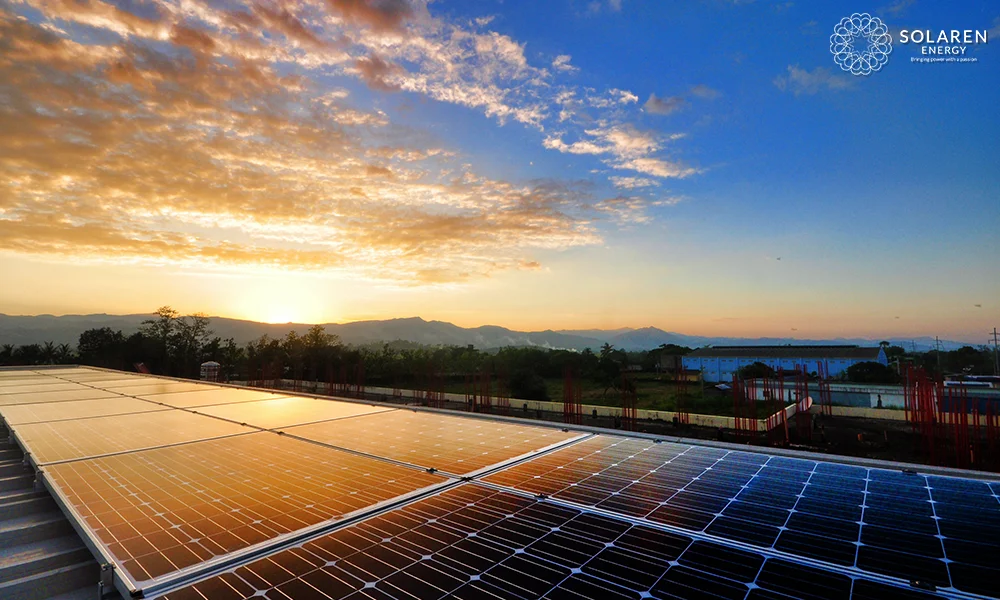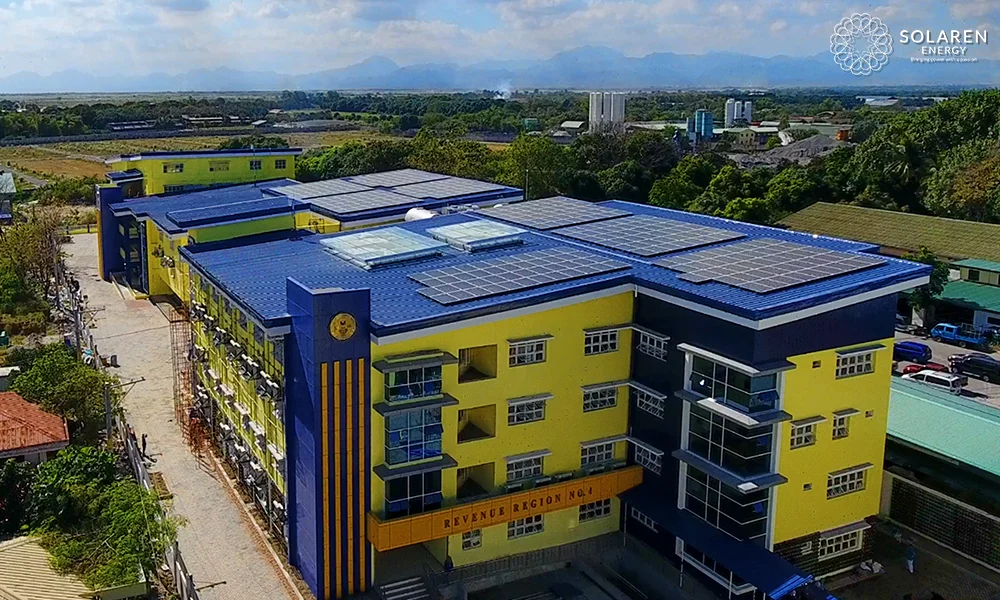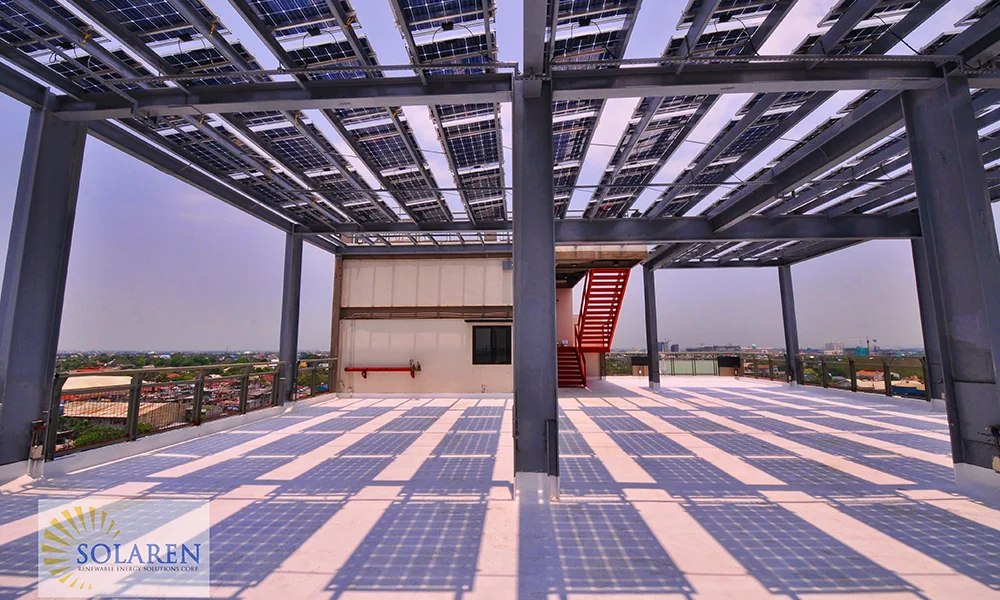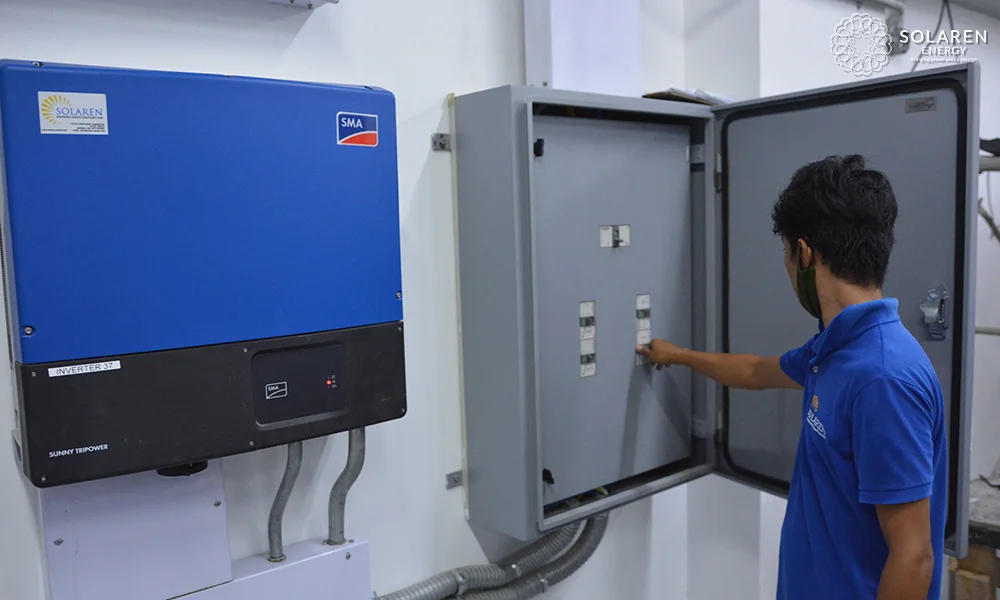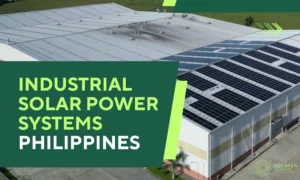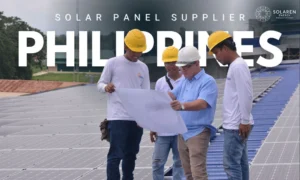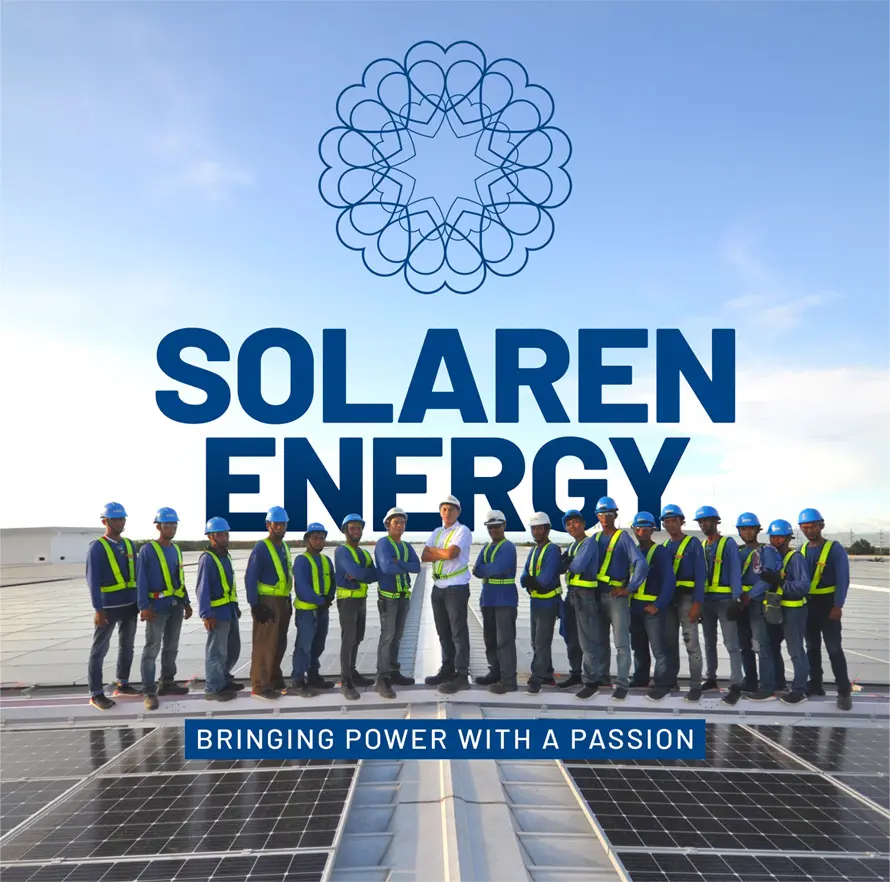As more Philippine businesses look to cut costs and gain energy independence, solar power has become a central part of long-term strategy. But installing a system isn’t just about ordering panels—it’s a technical and financial decision that demands proper planning. Whether you’re outfitting a warehouse, retail chain, or processing plant, a successful solar installation Philippines–based starts well before the first panel goes up.
Here’s what you need to know before launching your project.
-
Assessing Site Suitability
The foundation of any good solar project is the physical site. For rooftop systems, important factors include:
- Roof age, material, and structural capacity
- Tilt angle and orientation relative to the sun
- Shading from trees, walls, or nearby buildings
For ground-mounted systems, zoning, land slope, soil type, and surrounding structures must also be reviewed.
A reliable solar power company will use drones, satellite imagery, and on-site inspections to confirm that your location is viable. This step prevents costly change orders and ensures the system performs as expected.
-
Know Your Energy Profile
Every solar system should be designed around actual energy use. This involves analyzing your:
- Hour-by-hour load curve over a typical day
- Peak energy usage periods
- Night-time loads and critical backup needs
For instance, a site that consumes significant power after sunset will likely benefit from integrated energy storage solutions such as lithium-iron-phosphate (LFP) batteries. These can store solar from earlier in the day and discharge it at night, reducing peak-hour costs.
-
Choose the Right Equipment
Not all solar components are created equal. The panels, inverters, racking, and monitoring tools must be selected for durability and compatibility.
What to prioritize:
- Solar panels with at least 25-year output warranties
- Inverters with strong support and remote monitoring capability
- Mounting systems rated for Philippine weather and corrosion
Only work with a solar panel supplier Philippines businesses trust. Cutting corners on quality will lead to faster degradation, lower efficiency, and higher maintenance costs.
-
Plan for Permits and Utility Approvals
Commercial solar projects in the Philippines must go through proper permitting and coordination with utility companies. Key steps include:
- Acquiring building permits from the local government
- Securing grid interconnection approval from the local distribution utility
- Applying for net metering (if under 100 kW AC) to export excess solar and earn credits
A renewable energy company Philippines based should offer full support for these steps, handling all the paperwork and compliance filings on your behalf.
-
Understand the Timeline and Safety Requirements
A typical commercial solar energy system takes between 45 and 90 days to install, depending on the scale and whether storage is involved. The right provider will adhere to strict safety standards, including:
- Certified electrical isolation during installation
- Personal protective equipment for all crew
- Safe scaffolding, lifts, and work-at-height practices
Look for a team accredited by the Department of Energy and with a documented safety track record.
-
Budgeting and Financing Options
Your total cost will depend on system size, location, and whether customized energy solutions like storage are included. Most Philippine businesses opt for 3–5 year financing at 6–8% APR. With rising electricity prices, many systems become cash-flow positive in under 18 months.
Work with a solar installation Philippines partner that can model both capital and operational expenditures, helping you make an informed decision.
Case Study: Food Distributor in Cebu
A regional food logistics company with two warehouses installed a 360 kW solar system with 240 kWh of LFP storage. The project took 72 days from ground prep to commissioning.
Results within six months:
- Grid reliance dropped by 48%
- Cold storage operations became independent during peak hours
- Quarterly electricity costs fell by ₱1.1 million
Final Thoughts
A successful solar installation goes far beyond equipment—it’s about planning, compliance, performance, and long-term support. Before breaking ground, make sure your provider understands your energy profile, designs a system that matches your operations, and handles every phase from permitting to after-sales service.
With the right partner, your investment will pay off not just in reduced bills but in greater energy stability and future-proofed operations.


